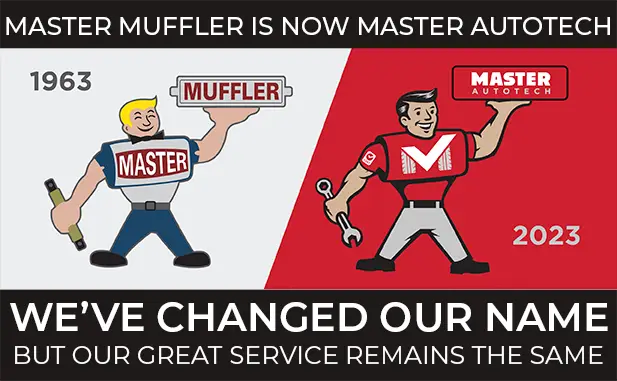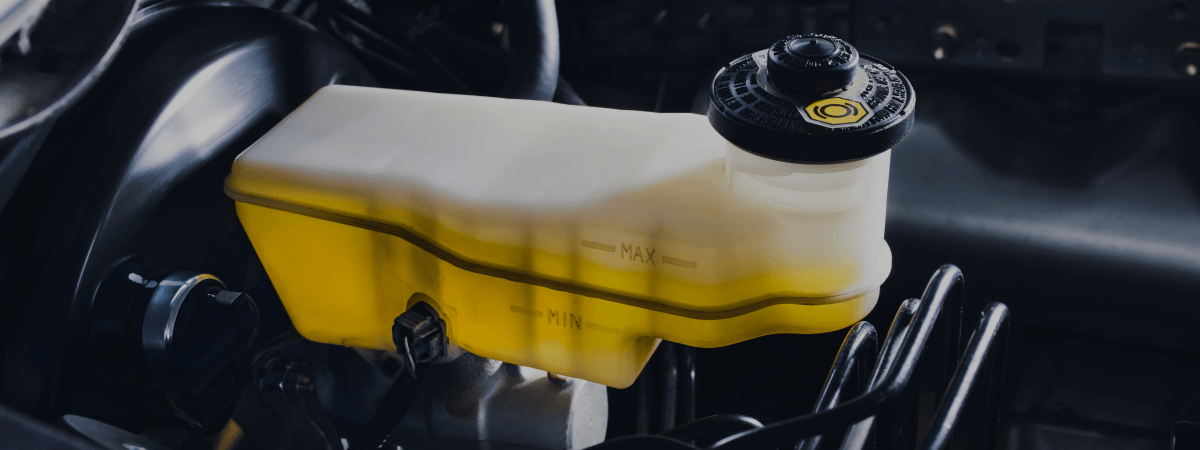When you take your car in for an emissions test, they’re basically measuring the effectiveness of your catalytic converter, among other things. The catalytic converter is responsible for reducing the amount of harmful gases that make it from your car out into the atmosphere.
How Does a Catalytic Converter Work?
Combustion engines that power our vehicles put off a lot of harmful gases that would be exhausted into the environment if they were just expelled straight from the engine of our cars. By running the engine’s exhaust through the catalytic converter on its way out, most (up to 90%) of these gases are neutralized into harmless gases. The catalytic converter, a pack of honeycomb or bead shaped ceramic, oxidizes the gases on their way through the exhaust system, which changes their molecular structure.
What is Being Neutralized?
The catalytic converter is designed to neutralize the three most harmful, most abundant gases that are exhausted from our vehicles:
- Nitrogen Oxides: Cause smog and acid rain. They are converted to nitrogen and oxygen.
- Carbon Monoxide: Crowds out the oxygen in air-breathing animals (including us). It is converted into carbon dioxide.
- Hydrocarbons: Produce smog. They are converted into water and carbon dioxide.
Environmentally friendly advancements in the auto industry have refined the catalytic converter so it can neutralize more gases, and have reduced the amount of harmful gases produced by the engine in the first place.
Replacing Your Catalytic Converter
A catalytic converter usually lasts for the life of a vehicle, but there are cases where it fails. If your catalytic converter fails, it’s usually because it has become saturated with contaminants, or it is clogged. Malfunctions in the engine that send unusual amounts, or altered exhaust through the catalytic converter can cause these problems. Bad exhaust valves or failing spark plugs are often the culprits. Signs that your catalytic converter is having a problem include:
- Your gas mileage decreases.
- You push on the gas, but your car doesn’t accelerate.
- Your RPMs are not climbing at their normal rate.
- The engine stalls after a few minutes of running.
Bringing your car in for regular maintenance on the ignition system is the best way to avoid problems with the catalytic converter. Different states have different requirements for the effectiveness of the catalytic converter, with California being the most stringent. If you need to have your catalytic converter replaced, be sure to use a mechanic who is certified for the repair in your state.
Related Posts
Key Takeaways On average, passenger vehicle tires last 40,000 to 60,000 miles, depending on type, driving habits, and maintenance. Replace tires when tread depth reaches 2/32”, if damaged, or older than 10 years. Regular rotation, alignment, and proper inflation extend tire life. Aggressive driving, poor roads, and harsh weather shorten tire lifespan. Take advantage [...]
When you think about car maintenance, you probably focus on oil changes, tire rotations, and maybe even brake pad replacement. But what about your brake fluid? If you’ve ever wondered, “What does brake fluid do?” or “Why is brake fluid important?”, you’re not alone. Brake fluid might not be the most talked-about part of [...]
Is that high-pitched squeal from your brakes driving you—and everyone else—crazy? Don’t ignore it. Squeaky brakes aren’t just annoying, they’re your car’s way of saying something needs attention. Whether you're cruising through Salt Lake City or winding up Idaho’s mountain passes, here’s what’s likely going on, how you can fix it, and when it [...]





